If you are not yet a master or guru when it comes to sewing and you will like to learn, this right here might just be a good place to start. As a beginner, there are certain terms that are used in the sewing industry that you need to familiarise yourself with so that you can understand better and faster.
Having a day job especially in a city like Lagos doesn’t make it easy for one to dedicate their time for a side -hustle such as sewing. You might have to encroach into your weekend for that. This is why DIYs on social media has increased in popularity as it can be watched anywhere and anytime.
But in order not to waste time watching technical videos with terms you do not understand, whether you are looking to learn so that you can start your business as a fashion designer, stylist or just learning to sew your own clothes, these terms will help make the journey less tough.
1. Notches
Pattern notches are small marks made on the pattern to ensure that one pattern piece will match up to the pattern next to it.
2. Selvedge
It is also called Selvage(American English). It is a ‘self-finished’ edge of a piece of fabric which keeps it from unravelling and fraying.
3. Grainline
It only refers to woven fabric. The line of fabric that moves at a right angle to the crosswise grain is the lengthwise grainline.
4. Darts
Darts are folded fabric wedges that are tapered and stitched down to allow the flat fabric to take on a form that fits well with the body. There are different kinds of darts, standard, french, curved, double-ended, serged, dart tucks and converting darts to ease.
5. Seam Allowance
It can also be called inlays. When two pieces of materials are sewn together, the area between the fabric edge and the stitching line is called seam allowance.
Top Flexxzone Picks
- Entrepreneurship Ethics: Follow Trends But Don’t Lose Face
- Fashion: 7 DIY Dressing Hacks You Should Try Out
- 7 Ways You Can Become More Fashionable In 2021
6. Facing
It is a small part of the fabric, whether from the same material or a different fabric, used to finish the fabric edges. E.g, a neckline or pocket. They are a great way to finish off seams.
7. Interfacing
Interfacing is a textile used to render a region of a garment more rigid on the hidden or “wrong” side of fabrics. It is applied by sowing or bonding.
8. Fusing
It works hand in hand with interfacing. It gives supports to areas of fabrics that are ready to be attached to the whole. With fusing it is simple to create sturdiness in fabric, hemlines and iron-on designs.
9. Ease
In sewing and patternmaking, ease is the amount of room a garment allows the wearer beyond the measurements of their body. E.g your sleeves have ease, allowing you to move your hand here and there without it ripping or tearing.
10. The bias
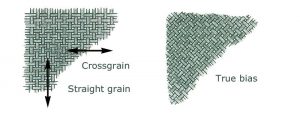

Threads Magazine
No, it’s not the meaning you are familiar with. The true bias refers to the 45-degree angle that intersects the warp (length of grain) and the weft (cross-grain) of a woven fabric.
So now, when you watch a sewing tutorial on Youtube, you will understand the terms. Check out the source of this content for a more comprehensive understanding.
Hey Flexxer! Now’s the perfect time to open a Flexx account with FCMB, if you haven’t already. It’s a pretty stress-free process and you get access to seamless banking solutions. Wanna get started?
Click HERE!






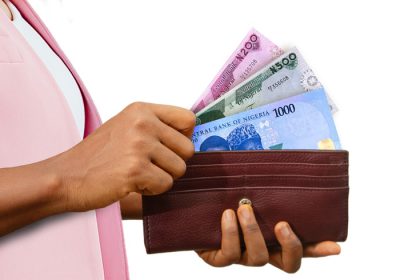









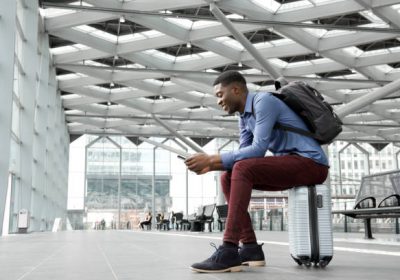




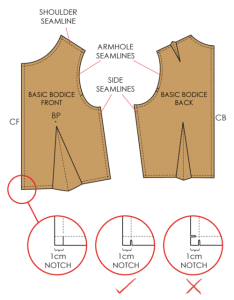
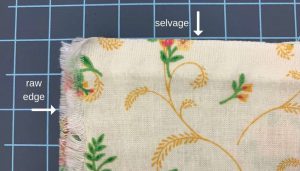




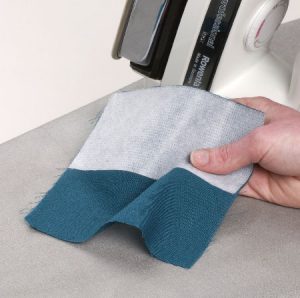
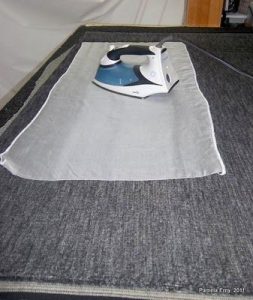
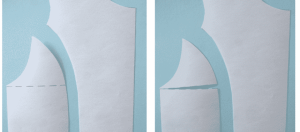



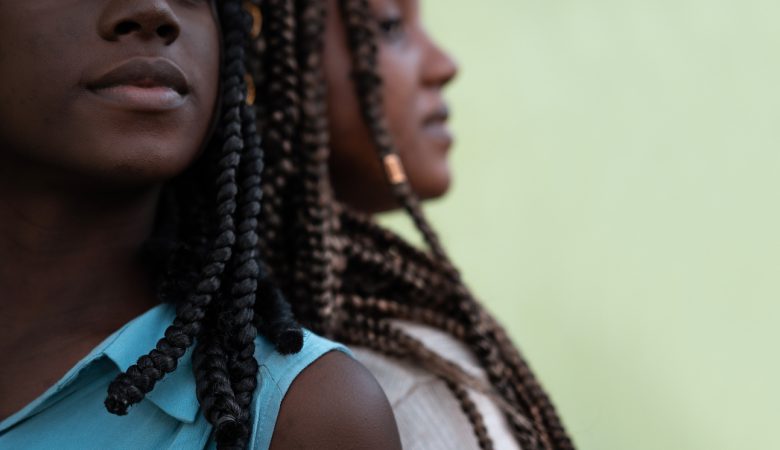


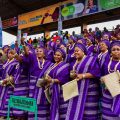

Leave a Reply